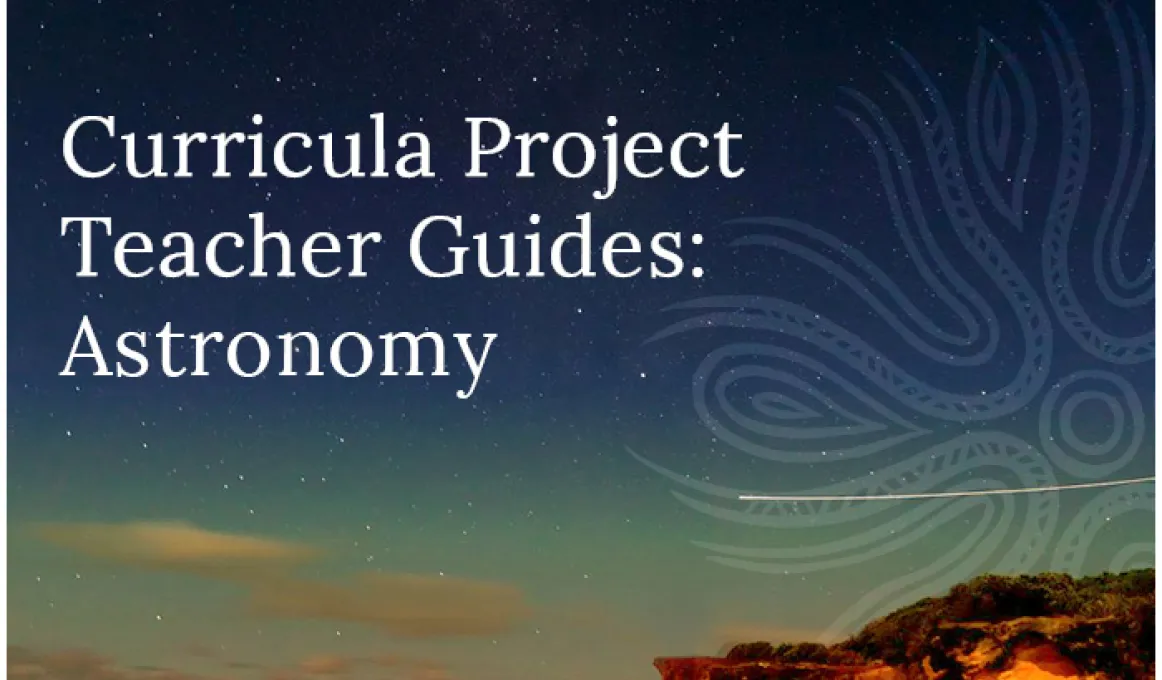Bringing Indigenous perspectives into the classroom

Teacher’s toolkits are being enhanced with the introduction of resources to enable teachers to incorporate Indigenous perspectives into all key learning areas.
Thousands of years of Aboriginal and Torres Strait Islander knowledge and perspectives are being made available for all Australian students to broaden their knowledge and appreciation of Aboriginal and Torres Strait Islander cultures and histories.
The National Aboriginal and Torres Strait Islander Curricula Project is giving primary and secondary school teachers new ways to incorporate Indigenous perspectives into all key learning areas.
Developed by the University of Melbourne, the resources for teachers are centred on 3 themes: Astronomy, Fire and Water.
Each theme has lesson guides and activities that cover 7 of the 8 learning areas of the Australian Curriculum: English, Mathematics, Science, Humanities and Social Sciences, the Arts, Technologies, and Health and Physical Education.
For example, when teaching English to Year 5 students, a guide is included on how Aboriginal and Torres Strait Islander cultures use oral histories to transfer their intricate knowledge of the sky and landscape. For Year 8 Mathematics, there is a guide on solar and lunar eclipses and how Aboriginal and Torres Strait Islander people have developed and maintained knowledge about these over thousands of years.
These resources will provide a starting point for teachers to incorporate Aboriginal and Torres Strait Islander histories and cultures within their classrooms.
The extra perspectives will give students a rounder and more complete education through increased knowledge about Australia.
The resource package for the Astronomy theme is now available for educators’ feedback, with Fire and Water to be released in 2019.
The package features an introduction with background information and context for each theme under the organising ideas of the Australian Curriculum’s Aboriginal and Torres Strait Islander Histories and Cultures Cross-Curriculum Priority: Country/Place, Culture and People.
The resource has a set of 7 guides for primary school teachers and another set for secondary school teachers.